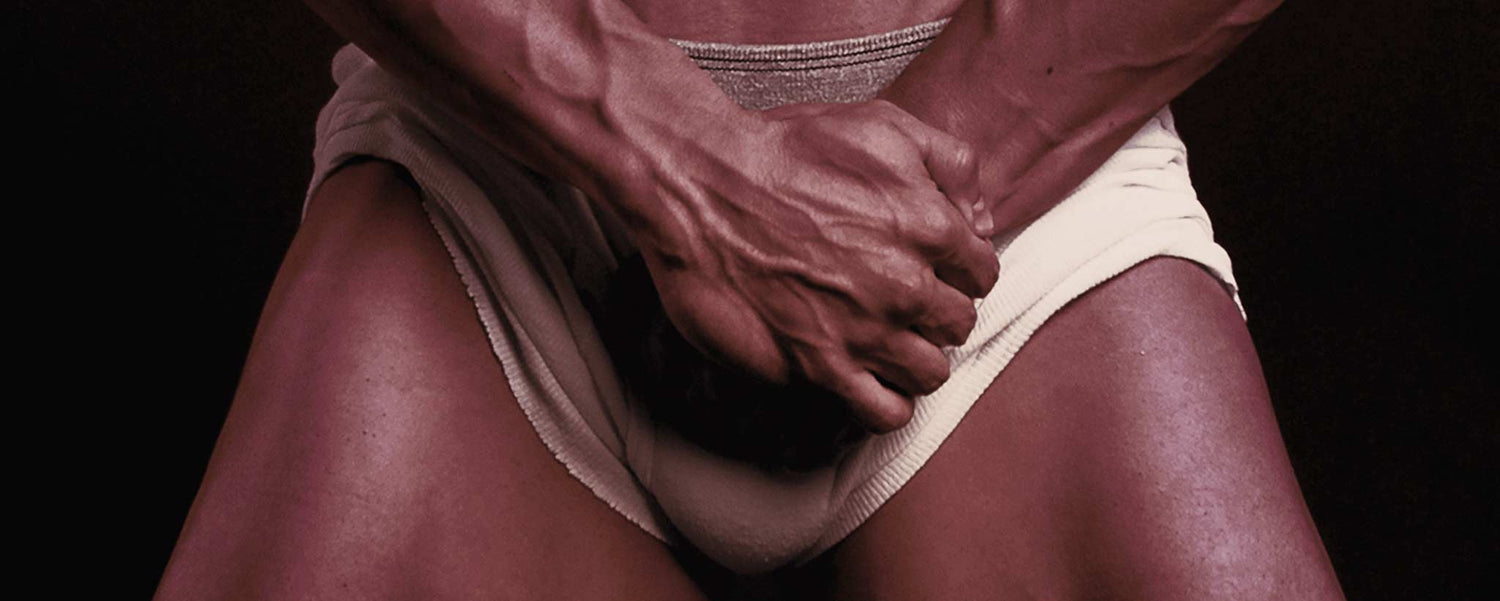Half of all men between ages 51 and 60 have have BPH and as many as 90 percent of men over age 80 acquire it.
« Login For Audio »
Frequent Condition Infrequently Discussed
As men age, their prostate gland grows. Normally about the size of a walnut, the prostate sits just below the bladder, encircling the urethra, anterior to the rectum. With smooth muscles, the prostrate helps transport seminal fluid from the testicles through the vas deferens.
About half of all men between ages 51 and 60 have Benign Prostatic Hyperplasia (BPH) and as many as 90 percent of men over age 80 acquire BPH. The growing gland exerts pressure on the bladder and constricts the urethra, diminishing the flow of urine along with the quantity and volume of spermatozoa within semen. Treatment for BPH, can sometimes contribute to flaccidity, erectile dysfunction, and ejaculatory problems.
Progressive prostate gland enlargement usually begins after the age of 40. Symptoms become noticeable over age 50. “All of a sudden,” it is painful to sit, difficult to pee, and you may notice a decrease in intimacy.

Benign Prostatic Hyperplasia constriction lateral cutaway view
Specific BPH Symptoms
Signs and symptoms of BPH are blood in the urine, urinary retention, frequent urination, a slow flow or dribbling urine, the need to urinate urgently, and problems starting a urinary stream. It can be painful to sit, particularly on hard surfaces. Cancer is ruled out with a PSA test and digital rectal exam to confirm BPH. Generally, surgical intervention is reserved for the most serious symptoms.
- Inability to urinate.
- Unsuccessful lifestyle changes, medicines, or minimally invasive treatments.
- Urinary blood not improving.
- Manifestation of bladder stones.
- Frequent urinary tract infections.
- Diagnosed kidney damage.
Even symptomless men over 50 years of age should have their prostate checked annually by their physician. Consult a doctor or hospital emergency department immediately if you experience bladder pain or burning with urination, blood in the urine associated with fever and chills or nausea and vomiting. If the prostate enlargement condition worsens, and symptoms such as blood in the urine or lower back pain are present, seek urgent care.
Benign Prostate Hyperplasia Treatments
Supplements are not closely regulated. With mixed results, beta-sitosterol, pygeum, rye grass and saw palmetto are popular nutritional supplements used to treat prostate enlargement. They may interfere with prescription medications and treatments.

Prostate enlargement lateral view
Assuming pathology warrants such, minimally invasive procedures include tiny incisions or insertion of tubular instruments through the urethra. Transurethral microwave therapy (TUMT) is a noninvasive procedure that uses a microwave antenna on a flexible tube your doctor inserts into your bladder to heat and kill off excess prostate tissue. The UroLift is a permanently placed device that elevates and holds the enlarged prostate tissue out of the way, so it no longer blocks the urethra. The most common surgery to treat BPH is transurethral resection of the prostate (TURP).
Analyzing outcomes of 5,150 individual men treated in the Cleveland Clinic health system from 2001 to 2016 reveals long term surgical benefit. Men who underwent surgeries that eliminated prostate tissue were more likely to avoid BPH medications than men who underwent surgeries that damage prostate cells to subsequently shrink the gland through necrosis or cell death.
Here are some questions you can ask your doctor about prostate cancer screening:
- Am I at a greater risk for prostate cancer?
- At what age should I start to think about screening for prostate cancer?
- If I get my blood test, and it is not normal, what other things could I have besides prostate cancer?
- What is a biopsy, and how is it done?
- What are the side effects or risks of a biopsy?
- If my biopsy shows some cancer cells, what does that mean?
Ask about all treatment options: close monitoring and follow-up visits, radiation, or surgery to remove the prostate. - What are the side effects or risks of each treatment?
A frank talk with your physician can put your mind at ease, relieve discomfort and help you feel better with a medical procedure that takes a few minutes.
To support the writing of useful articles about this topic, ClinicalPosters sells human anatomy charts, scientific posters, and other products online. You may sponsor specific articles, become a ClinicalNovellas Member, or remit a small donation.
ClinicalPosters sells human anatomy charts, scientific posters, and other products online to offset expense of the writing useful articles about this topic. Slide extra posters into DeuPair Frames without removing from the wall.
Show your support by donating, shopping for ClinicalPins, becoming a ClinicalNovellas Member, or leaving an encouraging comment to keep the research going.
To support the writing of useful articles about this topic, ClinicalPosters sells human anatomy charts, scientific posters, and other products online. You may sponsor specific articles or remit a small donation.
ClinicalPosters sells human anatomy charts, scientific posters, and other products online to offset expense of the writing useful articles about this topic. Slide extra posters into DeuPair Frames without removing from the wall.
ClinicalPosters sells human anatomy charts, scientific posters, and other products online. You may remit a small donation or become a ClinicalNovellas Member.
You can support the writing of useful articles about this topic by sponsoring specific articles, becoming a ClinicalNovellas Member, or remitting a small donation. Visible content is optimized for device size.






 Romance & Health Intertwine. Fall in love with a captivating romance miniseries that explores the essence of well-being. Become a ClinicalNovellas member for heartwarming tales.
Romance & Health Intertwine. Fall in love with a captivating romance miniseries that explores the essence of well-being. Become a ClinicalNovellas member for heartwarming tales.





